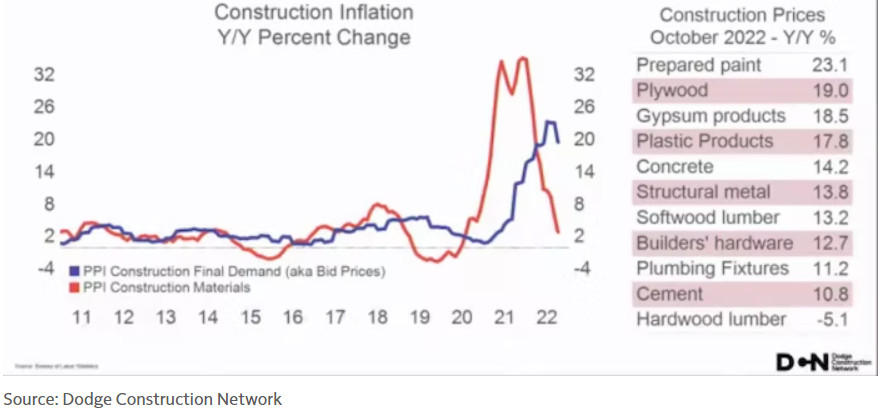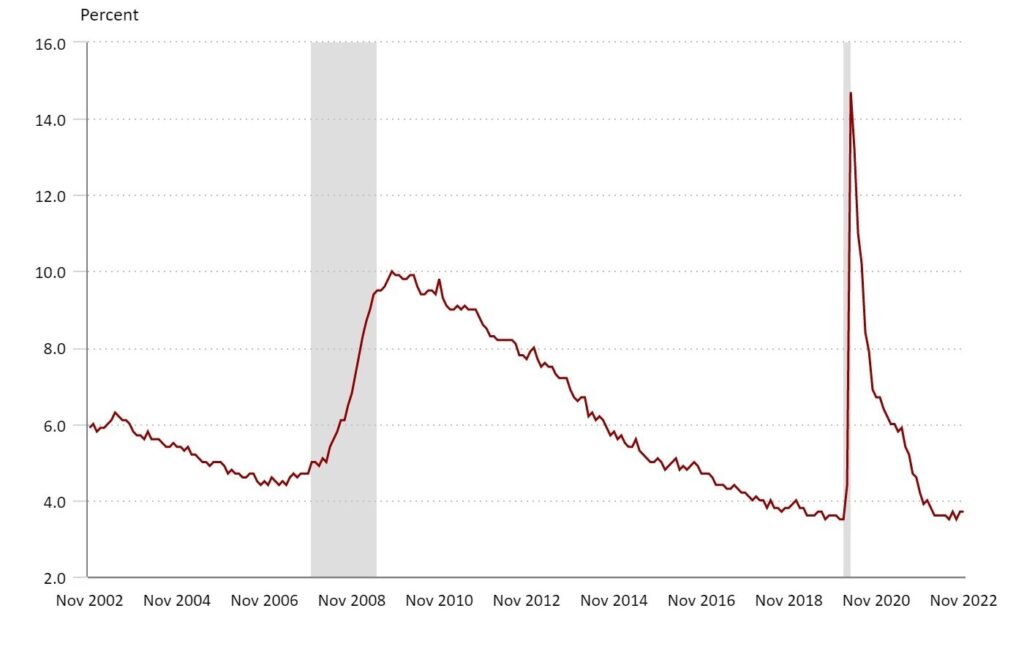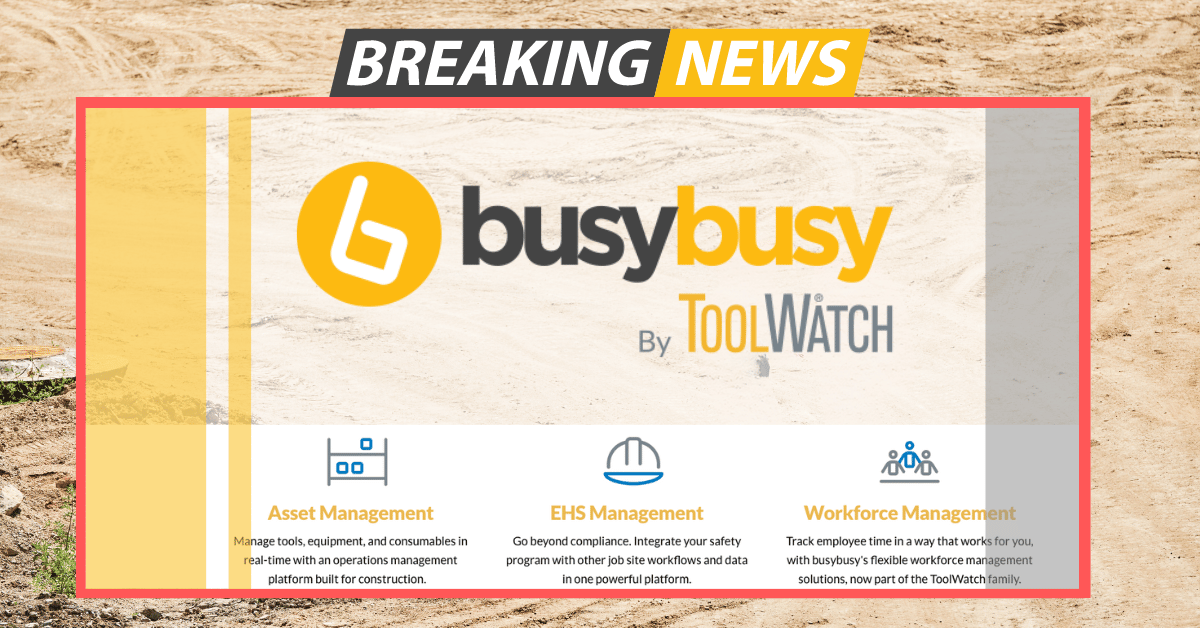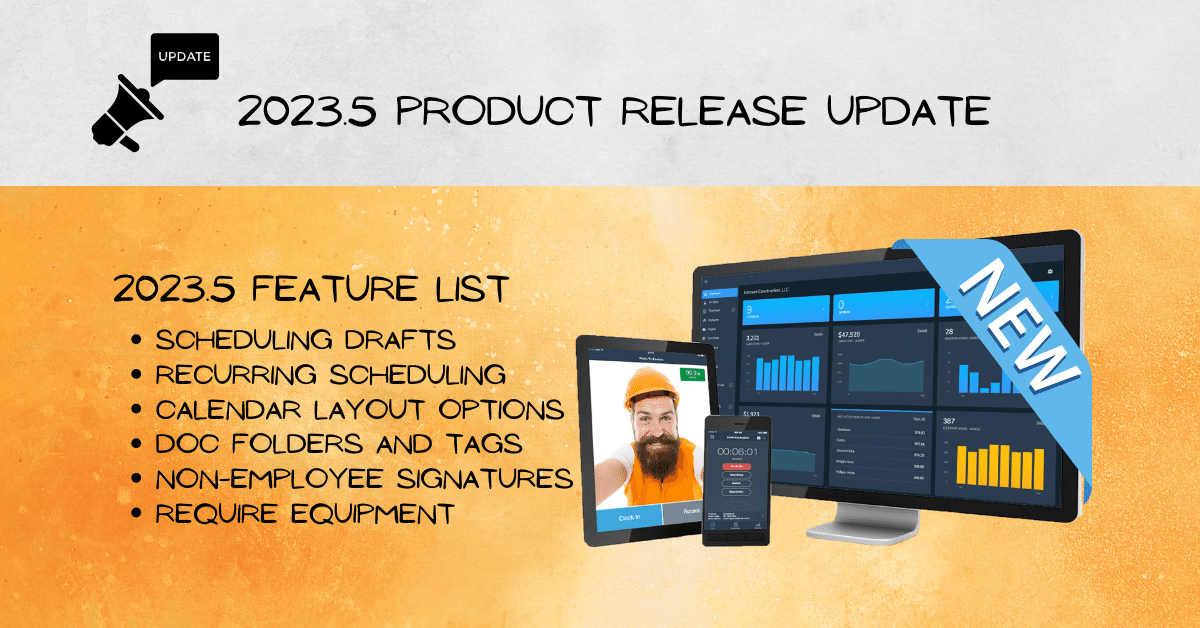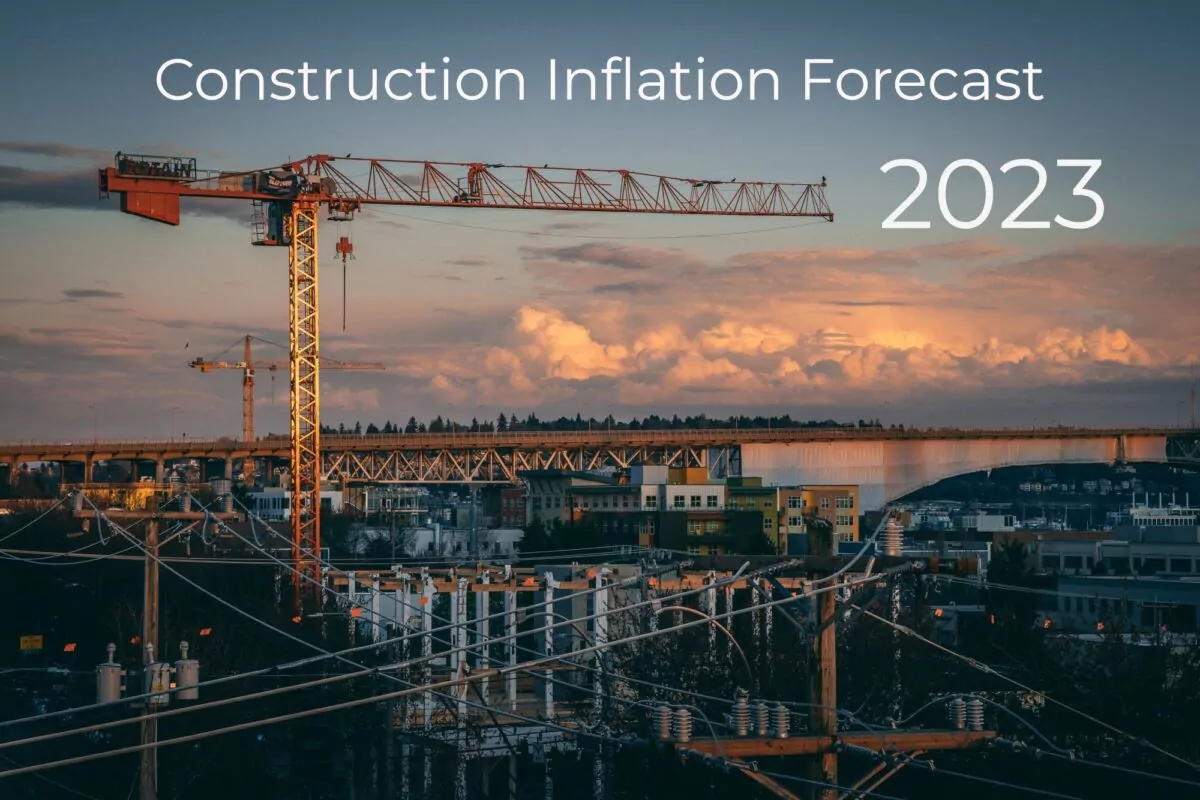
What can we expect in the construction industry in 2023? Variables that affect the inflation rate are difficult to predict, but specific trends can be monitored to understand how construction costs will change over time. The cost of both materials and labor are significant factors to consider when determining construction inflation for 2023.
What is impacting material cost?
It feels like a lifetime ago when you could walk into the lumber yard and pick out materials for a project without needing to take out a loan. But will this continue to be the story in 2023? It’s hard to predict material cost when variables, including location, natural disasters, and government policies, are subject to change.
Alex Carrick, a Chief Economist, states that three factors impacting material costs are: the COVID-19 pandemic, conflicts in Ukraine, and the cost of moving goods across the pacific.
Construction Material Inflation Rate
COVID-19 Pandemic
The global pandemic reached the United States in January 2020, disrupting the timber industry and placing pressure on supply chains. The lack of available materials created a very high demand, increasing material costs dramatically.

Increased material cost is a backbreaker for contractors trying to build houses. In an industry where you often don’t get paid until the job is done, such high up-front costs become much more difficult to manage. Unfortunately, this caused many start-ups and small businesses to go bankrupt.
Carrick recalled,
“Heading into the COVID-19 pandemic, the expectation (for example) of housing was really going to deteriorate… That’s a reason sawmills closed, and then the housing stayed much stronger than expected, so the price of lumber took off, and the price of lumber went up by 100%”
With lumber being expensive, some crews had to pack up in the middle of a project. As a result, houses were left half-built, roads left ungraded, and unemployment increased across the United States.
Construction Unemployment Rate
The pandemic also had effects overseas that impacted the construction industry. Virus-containment efforts in China took a toll on cargo transportation in and out of the country, causing prices to increase.
Conflicts in Ukraine
Lumber prices being up is one of many thorns for contractors. The cost of fuel to get to job sites and operate heavy equipment also increased, causing subcontractors to charge customers more just to stay afloat. It’s not uncommon for crews to travel 20, 30, or 40 miles a day… That starts to add up really quickly.
The price of gas alone could be higher than a small project! It’s harder to “hide” mobilization fees in smaller bids, causing companies to prioritize larger bids over smaller ones. Scott Patterson and Sam Goldfarb wrote, “events in Ukraine caused oil prices to skyrocket, pouring gasoline on what was already a smoldering fire.”
The direction gas prices go in 2023 will have a direct impact on construction inflation.
What is impacting labor costs?
Labor costs are proportional to the fluctuation in the price of living and government regulations. Many cities’ cost of living is increasing, meaning people must demand higher salaries or wages to keep a roof over their heads. If companies can’t afford to meet these demands, they will lose employees.
Government regulations are causing labor costs to increase as employers are required to adhere to specific standards and pay workers accordingly. For example, the United States Department of Labor states that the federal minimum wage for covered non-exempt employees is $7.25 per hour. So you can no longer pay your laborer $8 per hour; they’ll work for a fast food restaurant for more.
Attracting and retaining top-performing employees will be game-changing in 2023.
How can contractors prepare for what will happen in 2023?
Understanding what can impact construction inflation, will help contractors prepare for what is to come. Additionally, being able to track your labor and materials accurately will be critical in planning adequately for the future.
The fluctuations in the federal interest rate will impact how easy it is to borrow money. As of December 2022, the rate is 3.75%-4%. This is the highest the rate has been since 2008! With potentially rising rates, taking out loans becomes more difficult. As a result, it’s even more crucial to track your labor and material expenses in 2023 so that you can stay within your budget.
Construction-specific time apps are designed so crews can easily monitor labor and material costs. For example, you can view graphs and charts clearly showing estimated labor costs vs. current costs or estimated hours vs. actual hours.

An ‘On-Site’ verification feature only allows crew members to clock in once they are inside a designated geofence. This gives you the most accurate time cards to understand your labor costs.
Progress tracking gives you details on how much got done, who did it, and further information on production, materials, work accomplished, mileage and more.
In Conclusion
The inflation forecast for construction in 2023 is still uncertain. The best approach is to control what is in your control. There is very little you can do about what is happening in Ukraine and how that is affecting gas prices. That makes it even more important to understand labor costs, ensure accurate job costing, and track progress in real time. Having reliable data to control these variables will be the key to overcoming the unknowns of 2023.
